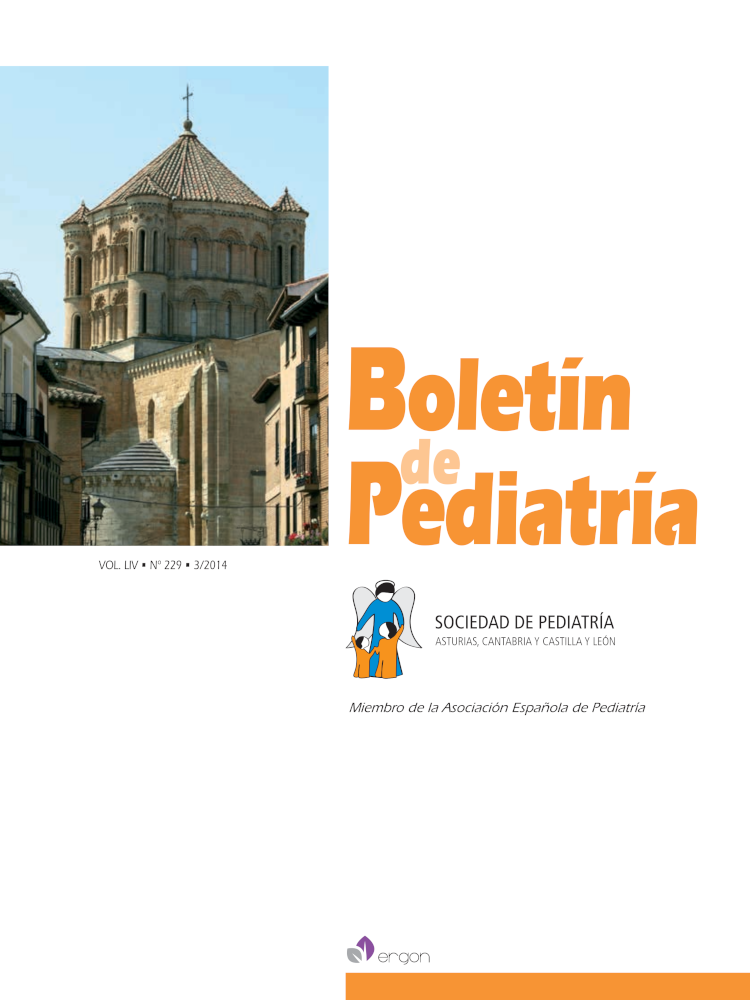Abstract
Introduction and objectives. Pancreatic insufficiency and fat and bile malabsoption render individuals with Cystic Fibrosis (CF) at risk for fat-soluble vitamin malabsoption. Our objective was to determine the status of vitamins A, D and E in pediatric and adult patients with CF.
Patients and methods. Descriptive cross-sectional study. 126 patients without pulmonary exacerbation, aged between 5 and 38, were recruited in five national Cystic Fibrosis units. Retinol and a-tocopherol levels were compared with NHANES reference values to establish 3 categories: deficient (< P5), Normal (P5- P95) and elevated (> P95), vitamin D was considered deficient if 25 OH vitamin D < 30 ng/ml.
Results. The median age was 14.2 years. 51% were male and 13% pancreatic sufficient. 56% had at least one vitamin deficiency. The most frequent was vitamin D (48%), followed by E (16%) and finally vitamin A (11%). Pancreatic sufficient had higher vitamin D levels than insufficient. The proportion of patients with any degree of vitamin deficiency was greater in adults and their vitamin D levels were lower.
Conclusions. Despite adequate supplementation, more than half of patients did not reach optimal vitamins levels. Pancreatic status and age were two factors to take into account when analyzing vitamin status of these patients.

This work is licensed under a Creative Commons Attribution-NonCommercial 4.0 International License.
Copyright (c) 2014 Boletín de Pediatría
